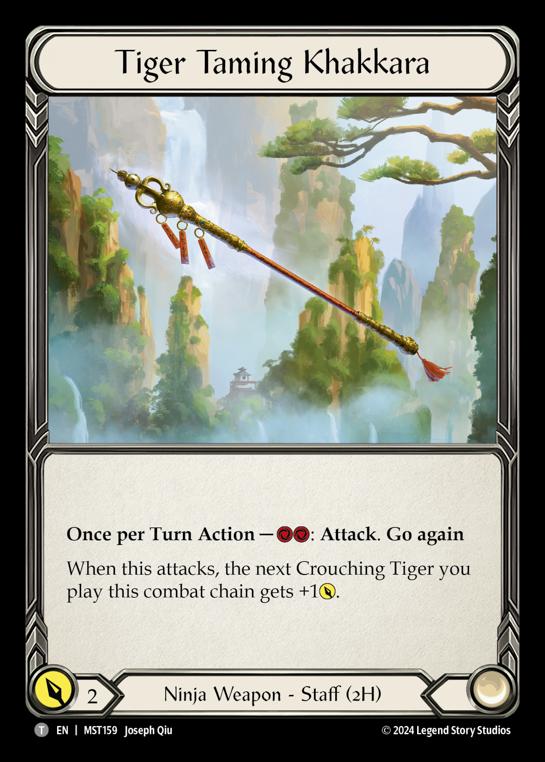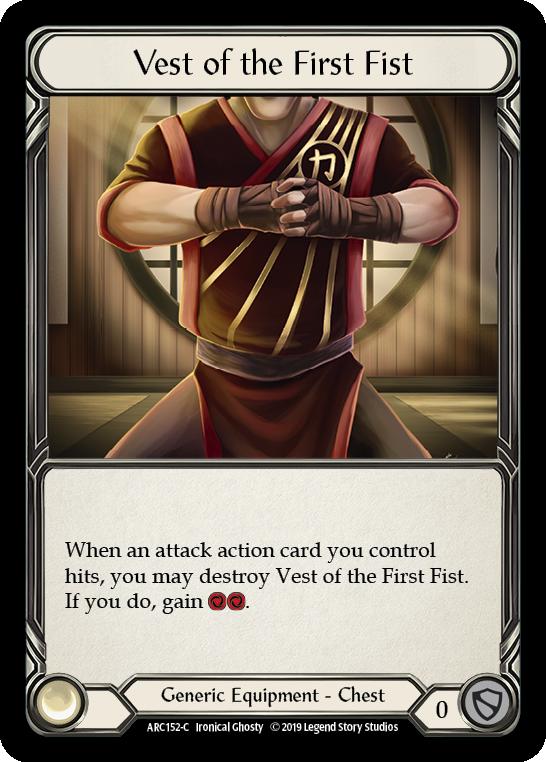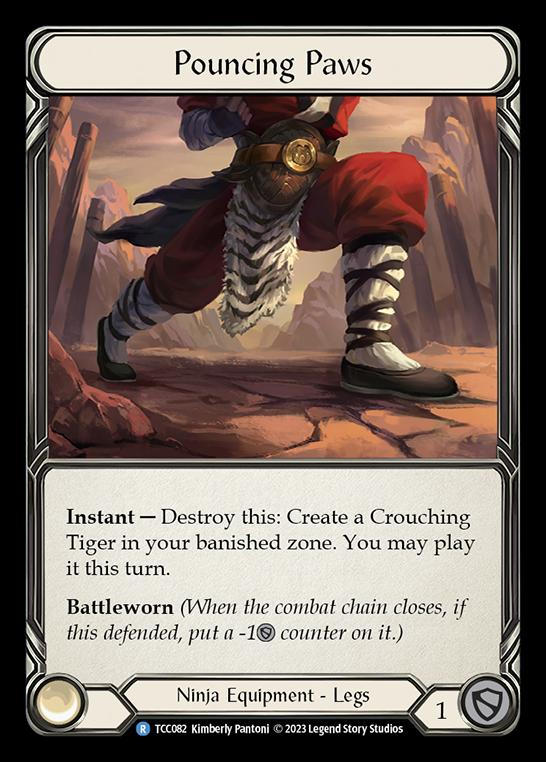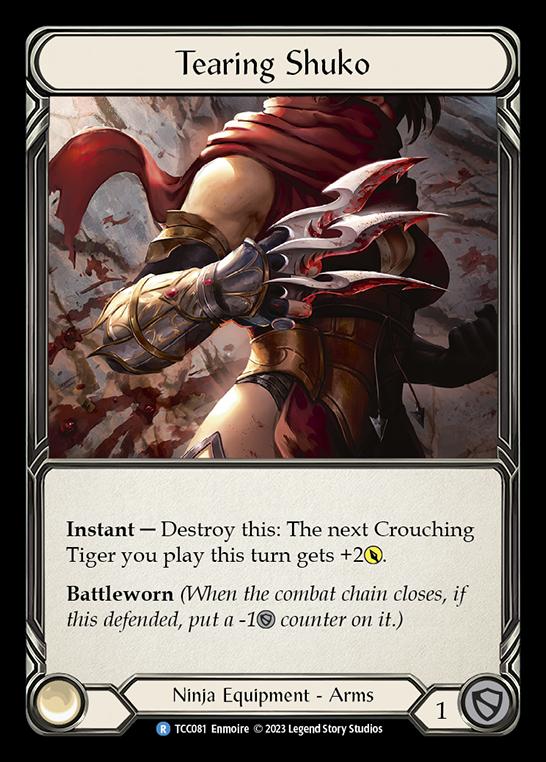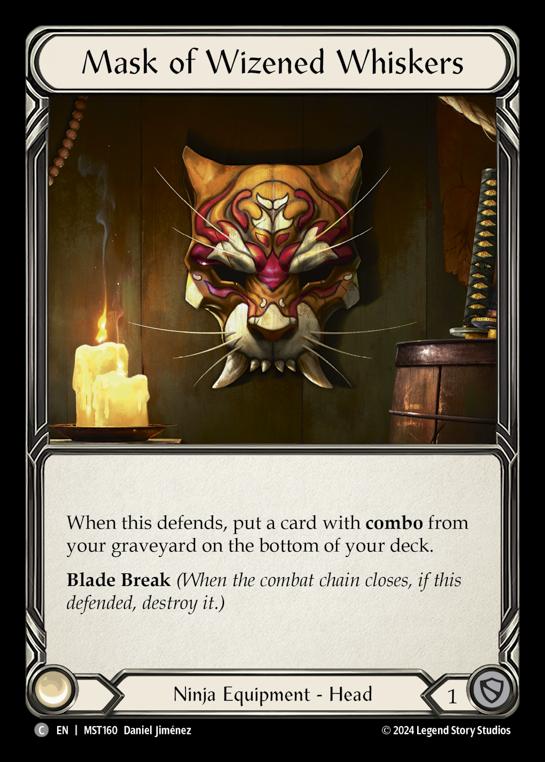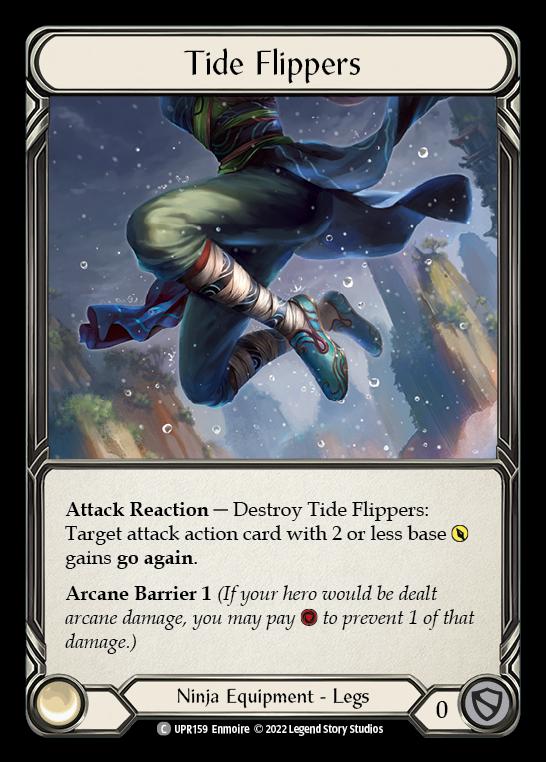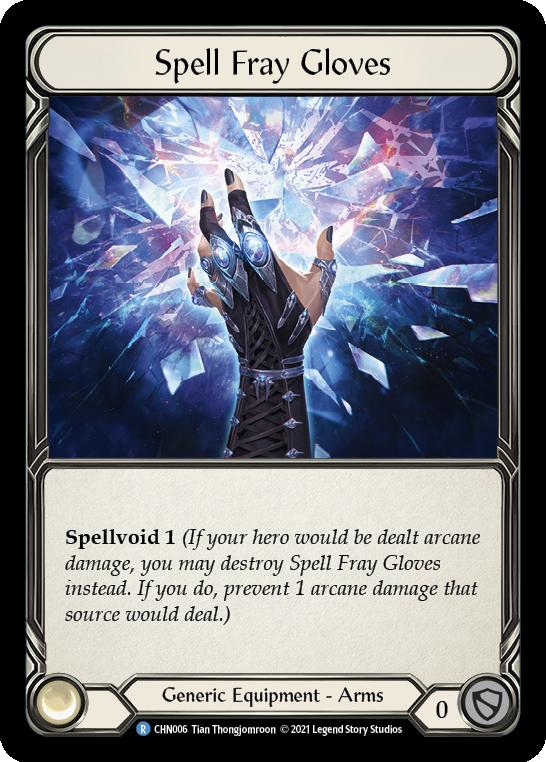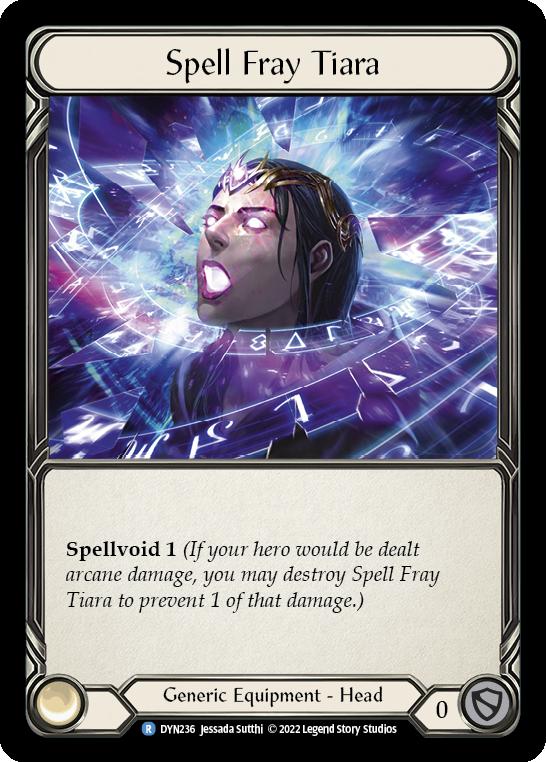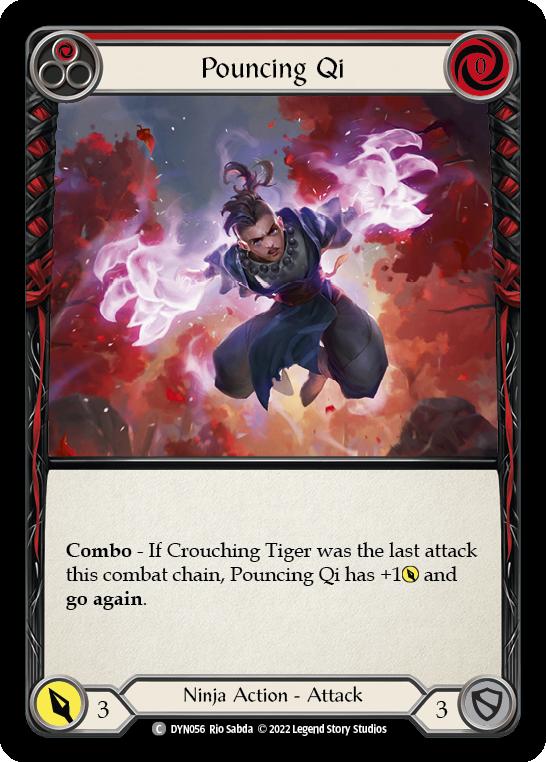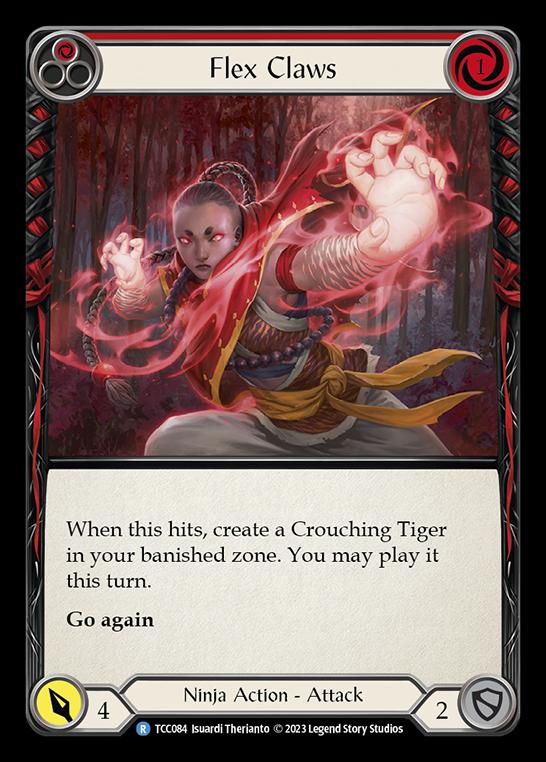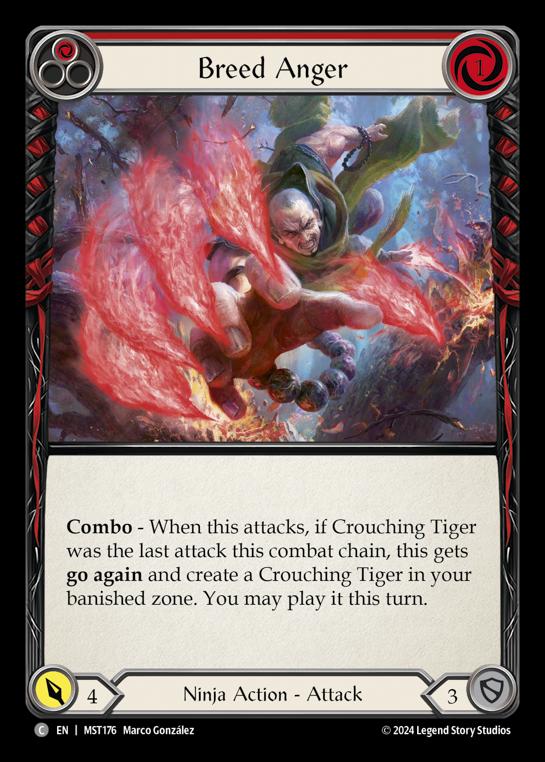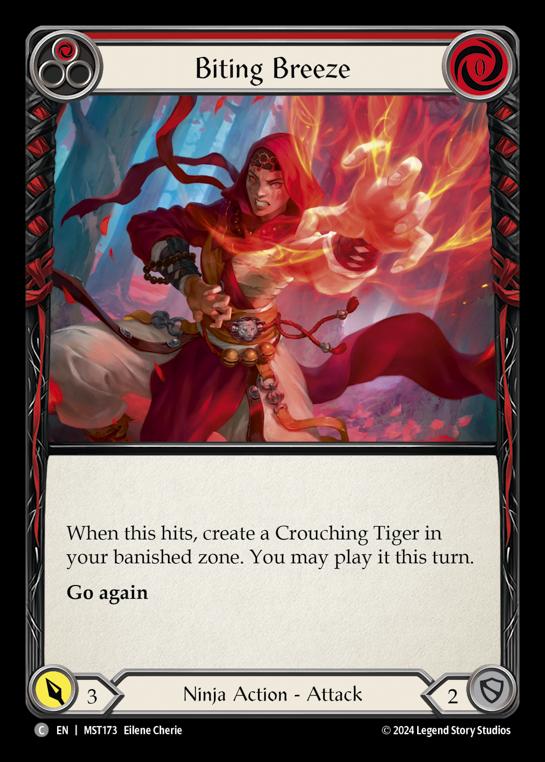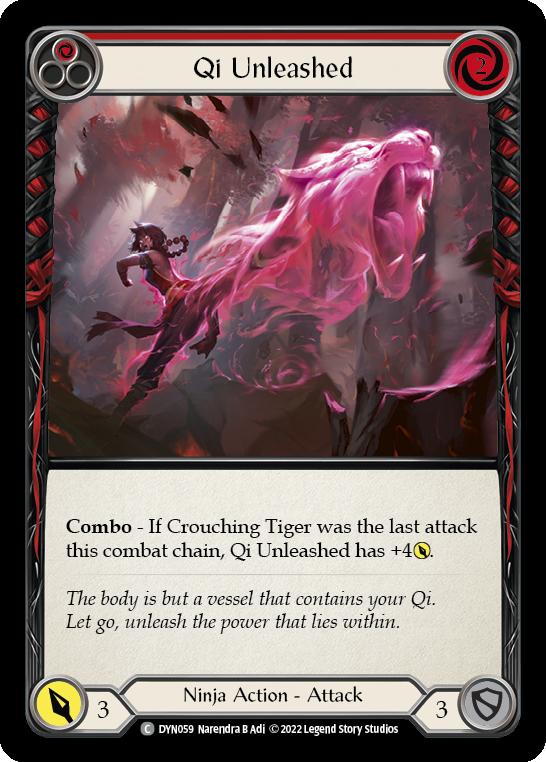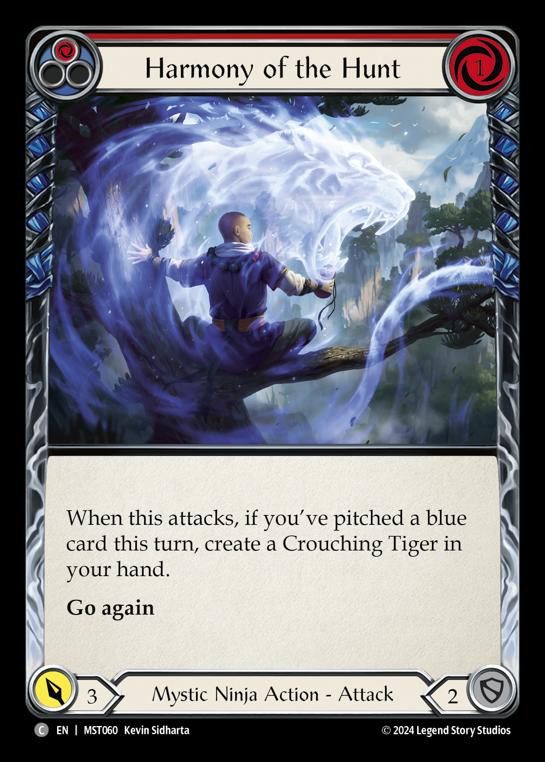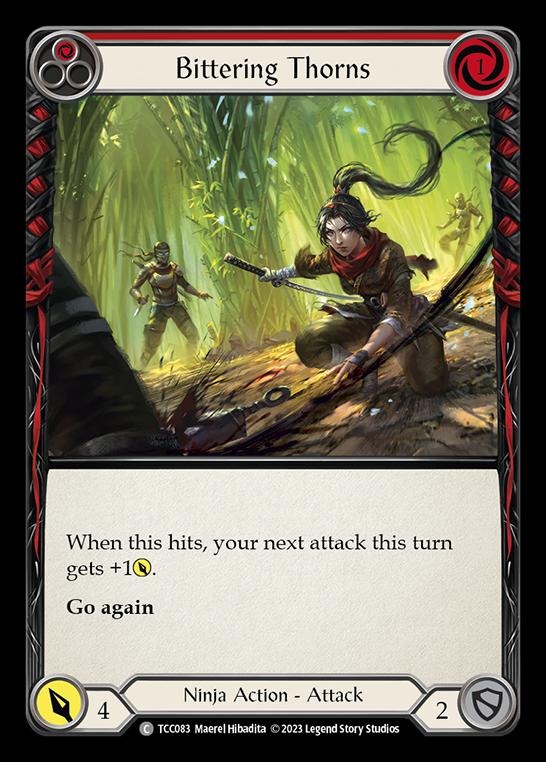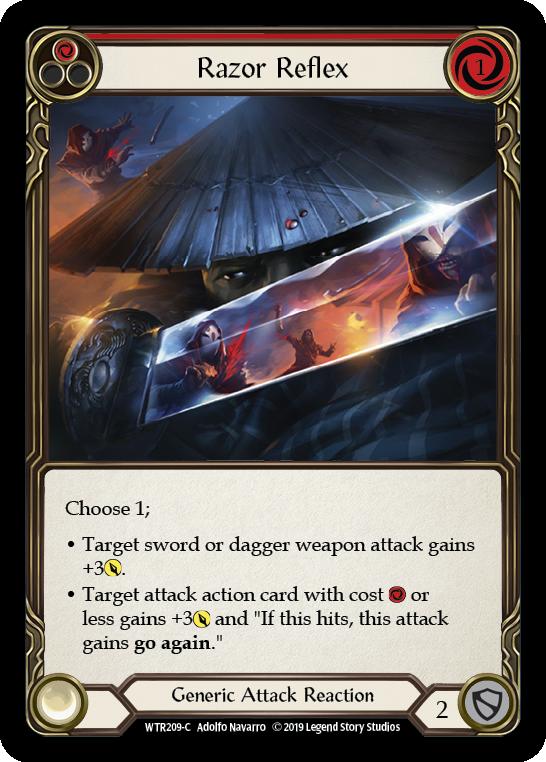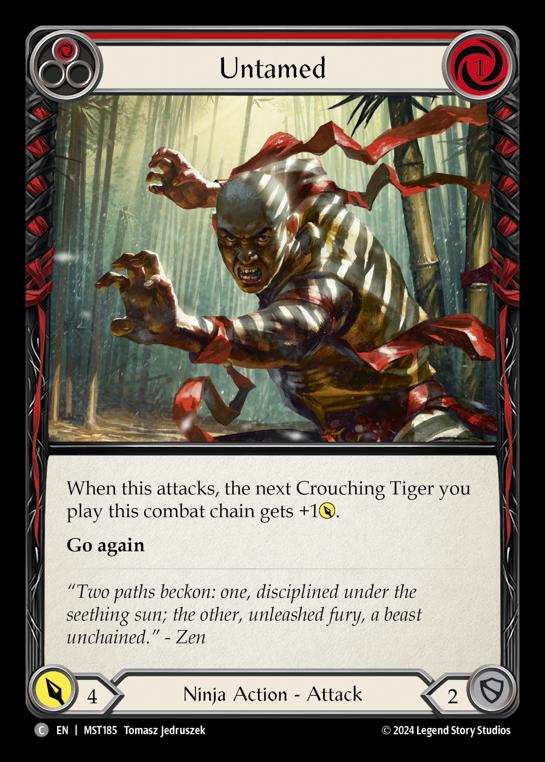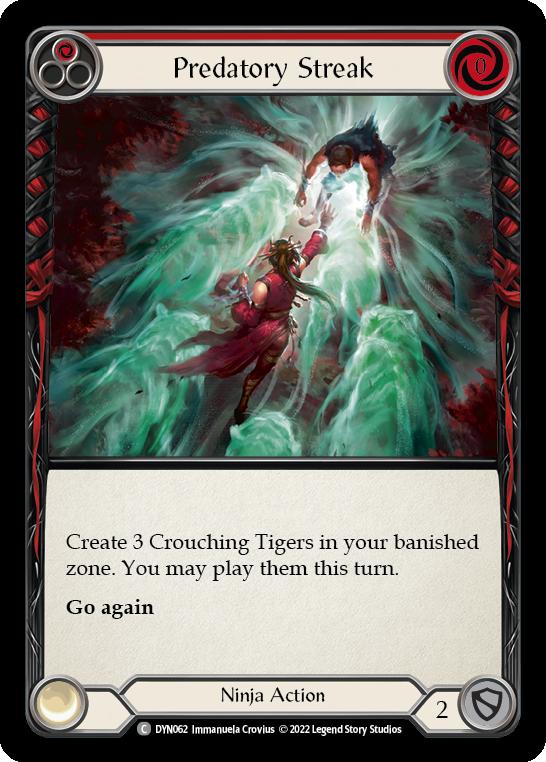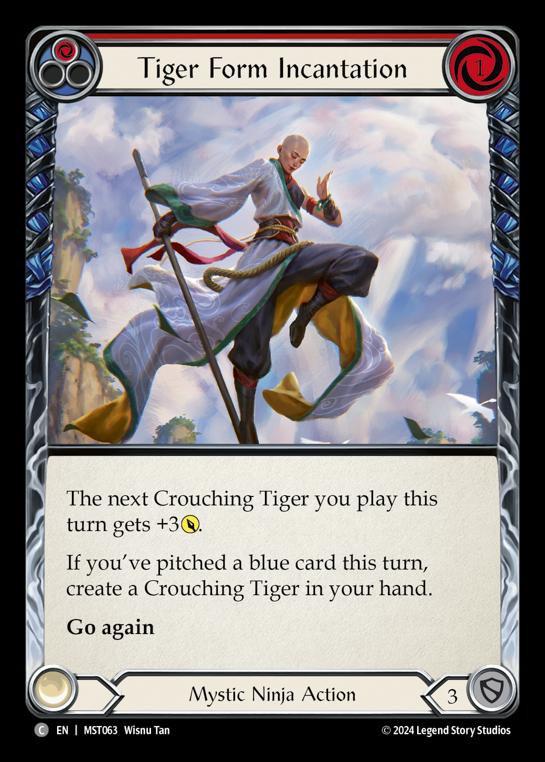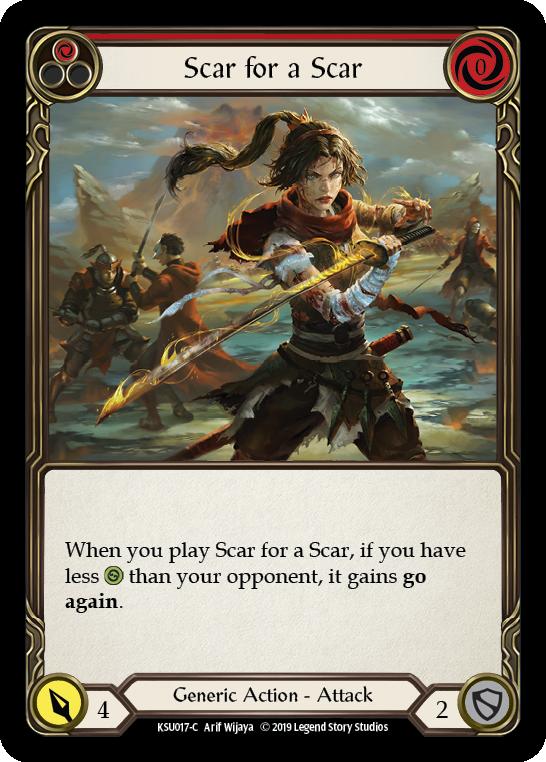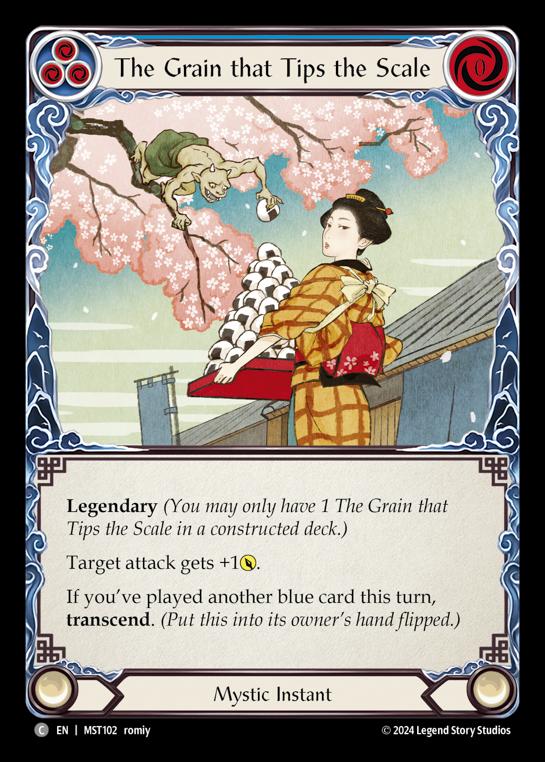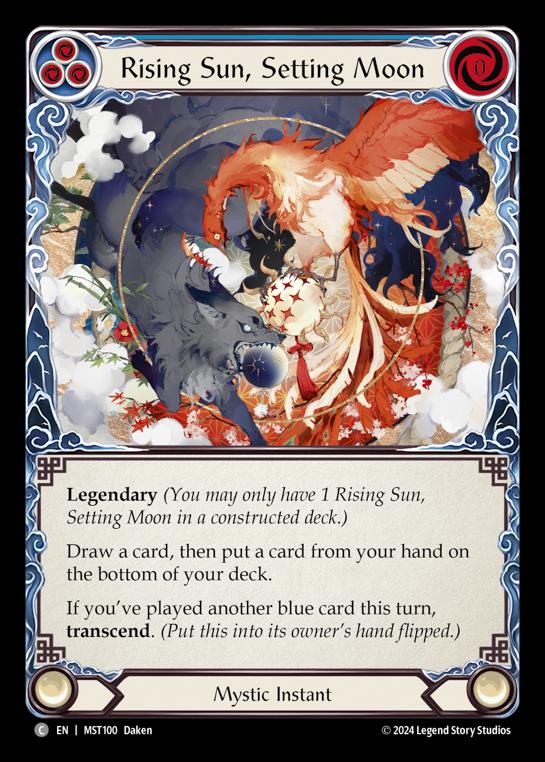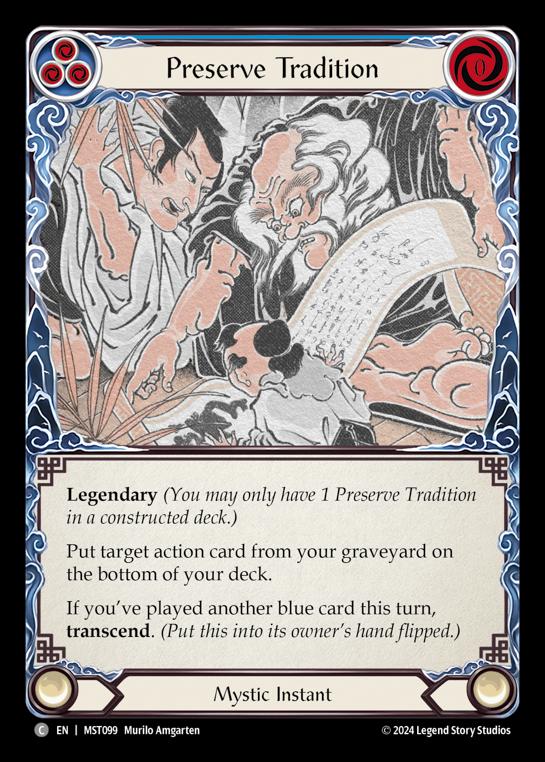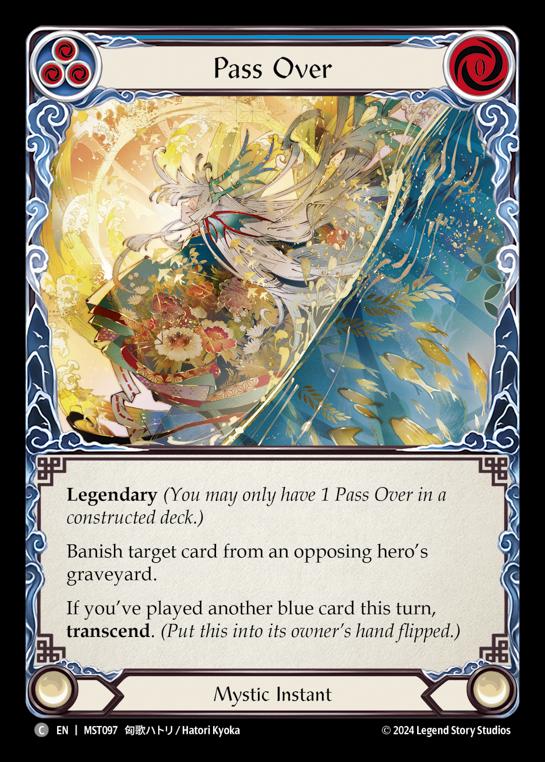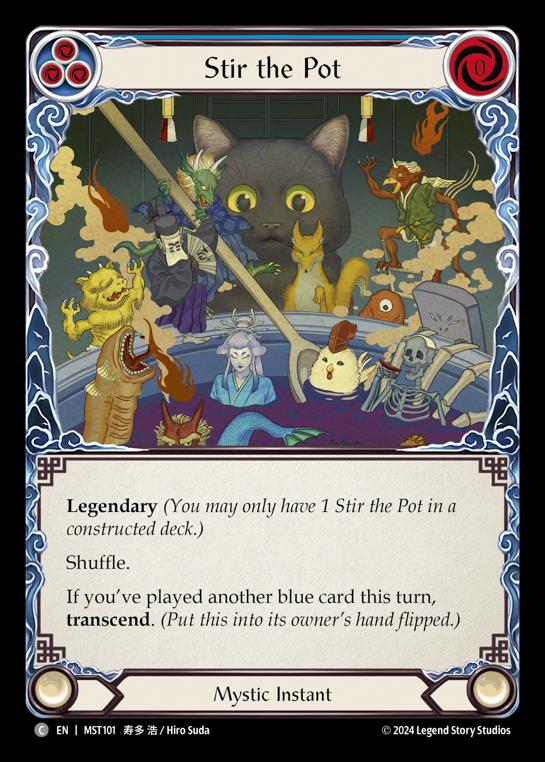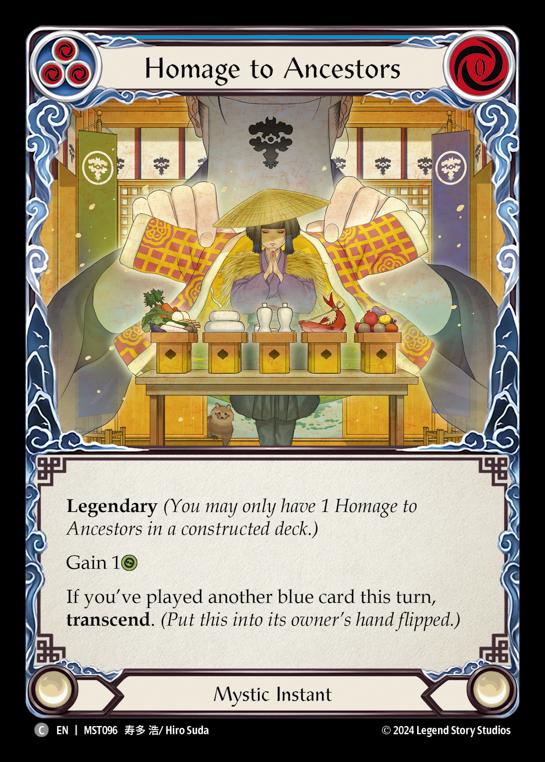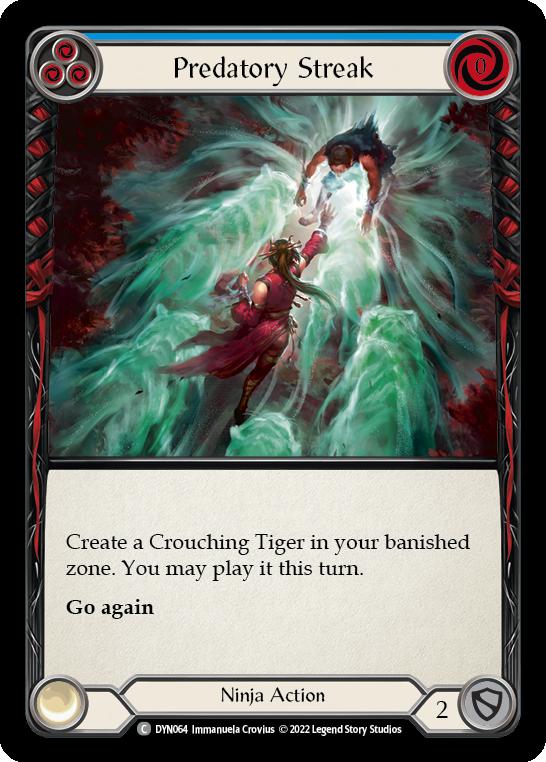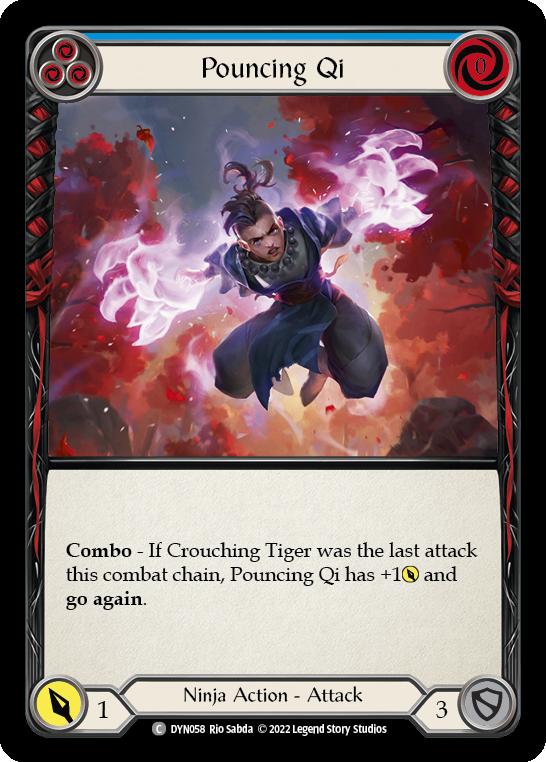Mystic 101 – Part 5: The Zen Commandments
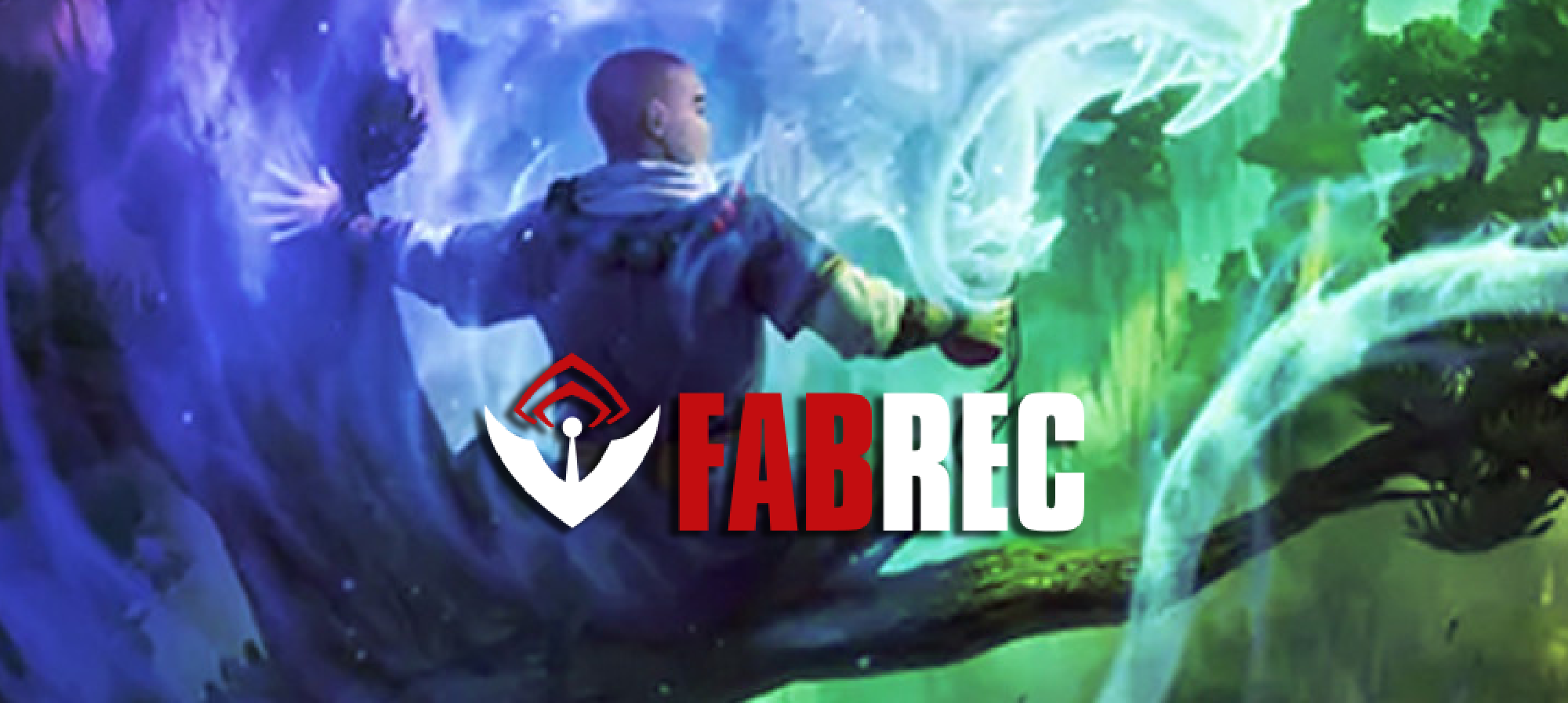
Hello and welcome to the final installment of Mystic 101, and timely as ever, this week I’ll be covering the talk of the Pro Tour, Zen.
Before we dive into the reds of the deck, there’s something I’d like to address about the initial blue lineup in that the two Whisper of the Oracles got changed out for blue Pouncing Qi. I think in my early analysis of Zen and how much he needs to transcend, I was going in with the assumption that he needs to transcend as soon as possible and to try and enable that with blue actions. While that is still relatively true, I don’t think it’s actually as imperative for him to transcend, and that he can play a pretty normal and consistent game plan relying on the attacks that generate a single Crouching Tiger to be empowered by Tiger Taming Khakkara.
With that, onto the list!
" Inner Peace"
Equipment for Zen
With the whirlwind discussion of whether Zen needs to be hit in the next ban list for Classic Constructed, I’d like to take this space to also fully admit to being completely off the mark in my evaluation on Stride of Reprisal. I called it worse than Pouncing Paws because I valued battleworn more than the instant gain of the Crouching Tiger to hand. I believe that within Commoner the distinction between the two pieces of equipment is nearly indistinguishable due to cards like T-Bone and Art of War not being legal, which can leverage the Tiger being created in hand to pop off.
Much like how Dash wants to use additional resources across a wide range of attack costs, Zen also has something similar, having a fair spread of one- and two-cost attacks, making Vest of the First Fist fantastic for the deck’s main plan. Unfortunately, Stubby Hammerers was finally banned in Commoner, greatly impacting Chane but also inadvertently hitting Zen’s potential damage output. Thankfully, Tearing Shuko is a great piece of equipment from Dynasty that can supercharge a single Crouching Tiger, which is honestly not that amazing due to its templating requiring it to be used before the actual Tiger is played, but being stapled together with battleworn makes it a great early defensive tool and then a way to close out a game later on. For the headgear, I’ve found myself really liking Hope Merchant’s Hood in all these aggressive decks that can’t really afford to brick on a hand of all blues or all reds. However, due to Zen being an aggressive deck and not really wanting a full suite of Nullrunes, I’ve found the space to also include Mask of Wizened Whiskers as a slightly more defensive option while providing minor upside.
The arcane barrier situation is slightly dire, as Zen is really aggressive and doesn’t have the capabilities to pay for high arcane barrier amounts while still maintaining some semblance of pressure. I’ve chosen to include Tide Flippers since it’s the most “free” of the Nullrune gear with upside, and then two pieces of Spell Fray gear to round out the concessions to the Wizard matchup.
Zen’s signature weapon, Tiger Taming Khakkara, is quite good at doing an Ira impersonation, and allowing for quite a straightforward set of play patterns. The first is to lead with a Khakkara/attack that creates a Tiger, playing it at one power, and following up with a combo ender like Qi Unleashed. The second also starts off similarly in playing an attack that creates the Crouching Tiger, but buffing it with one of the attacks that threaten an on hit and then following it up with the Tiger and another one-cost attack. The nice part about this flowchart style approach to your turn structure is that they can overlap depending on what the opponent’s response is. If the on hit to buff the Tiger is blocked out, then swing with the Khakkara and then the Tiger instead of the final attack.
Now of course the downside of using such a flowchart style to playing is that there are so many situations and scenarios where it can’t possibly cover everything, but that’s just the framework I like to apply to my four-card hands, and I don’t intend to block much with this deck.
Gas Gas Gas
This deck is all gas no brakes. I’m really eschewing any type of versatility or utility in the attacks and simply prioritizing consistency and redundancy. To this end, red Biting Breeze, Tiger Form Incantation, and red Harmony of the Hunt all help to make a Tiger on being played or hitting, and a singleton red Predatory Streak helps really supercharge your turns. I’ve only opted to play one copy of Streak simply because there will be times when your hand just doesn’t line up with the multiple Tigers.
Beyond that, the attacks are a large pile of one-cost four-strength attacks: Bittering Thorns, Breed Anger, Flex Claws, Untamed, and Scar for a Scar, and some combo enders for Tigers in the form of Pouncing Qi and Qi Unleashed. My reasoning was that the Classic Constructed Zen lists are completely different to what can be done in Commoner, leveraging a lot of the powerful majestics from Part the Mistveil and classic aggro staple Art of War to put up some insane damage numbers, and so I shouldn’t really be trying to emulate that style of deck, but rather focus on creating awkward break points.
I think here is where the lists can diverge slightly. Of the reds, there’s some personal preference to what you really want to play in the last four to six slots. I’ve chosen to play the Incantation, Streak, and two Scar for a Scar, but I could also see the case for a small Leg Tap or Surging Strike line, and also adding the respective Rising Knee Thrust or Whelming Gustwave into the blues. Of the two, I’d probably slant towards Leg Tap since it’s less awkward to fit into a turn compared to Surging Strike, especially without access to Cross Strap.
Where Does Zen Fit into Commoner’s Aggro Space?
As for how Zen would slot into the existing metagame, and more specifically the currently available aggressive strategies, unfortunately I don’t think he has much going for him in the way of meta viability. As it currently stands, Dash is still the Queen of Aggro, and until something happens to Hyper Driver or Plasma Barrel Shot, I don’t see anything usurping her throne. In comparing Zen to the other hard aggro decks, his main strength is reliability in hitting for four and the large numbers he can put up once he gets access to a Tiger and a combo payoff. However, I believe that he needs some real help in being able to get there, and the deck struggles from not having the ability to block efficiently on defense due to a lack of the typical three-block class cards that a new hero releases with, so I’d rank him around the same level if not below Fai, slightly above the Warriors, and a few levels below Chane.
Like most of the aggro decks in Commoner, once Zen seizes the tempo it’s hard to escape from the increasingly large snowball. However, when he’s forced on the backfoot and oftentimes trading blows with a deck that can block slightly better and attack slightly harder, he falls apart. For the future of this playstyle I’d really like to see a slightly more reliable way to create Crouching Tigers, preferably one that doesn’t require hitting with the attack, and also some slightly better block value on his cards.
Conclusion
Thank you so much for reading along with Mystic 101. It was really refreshing to approach a brand new type of hero, and explore how to actually fit in an entirely new type of resource into their decks. It makes me wish that the supplementary non-draftable set was still a product that LSS released since I would’ve loved to see some additional Mystic support that only those types of sets can provide that won’t break a limited set in half.
I’ll be back later in the month with some more Commoner action, as Calling: Sydney looms closer and I begin to plan the three events over that weekend.
